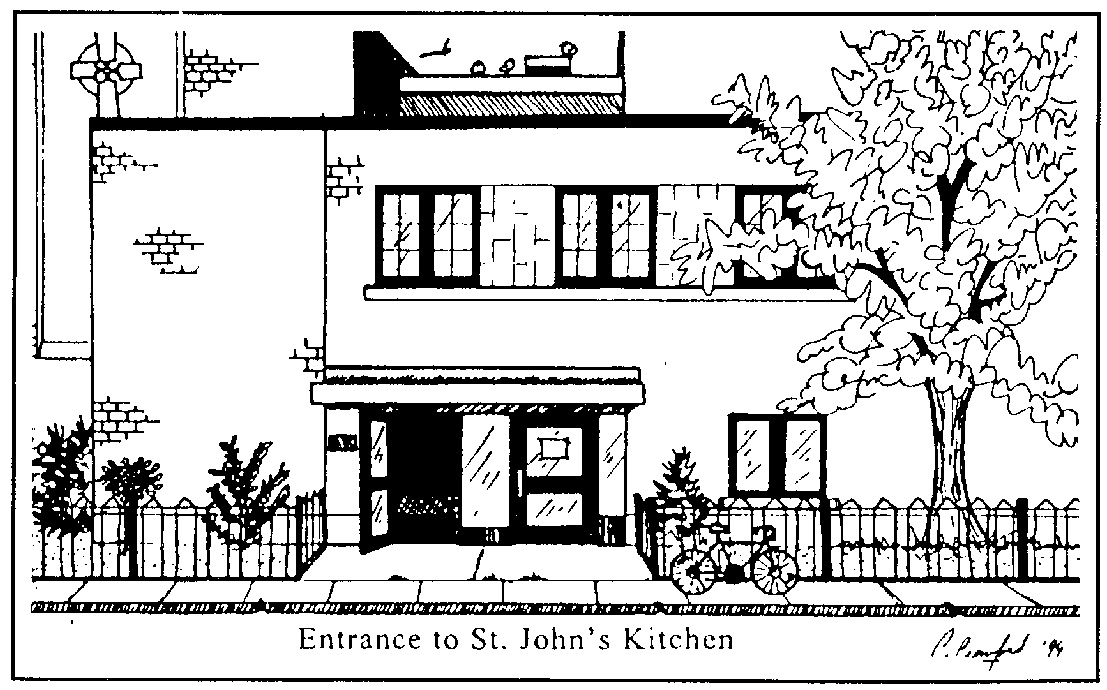Our History
Established in the spring of 1982 as a response to unemployment and poverty
The Working Centre is an integrated web of community supports. Our work has focused on access to tools for those without work, those without housing and the most vulnerable. We build dynamic spaces where community forms and people find places of belonging and practical supports.
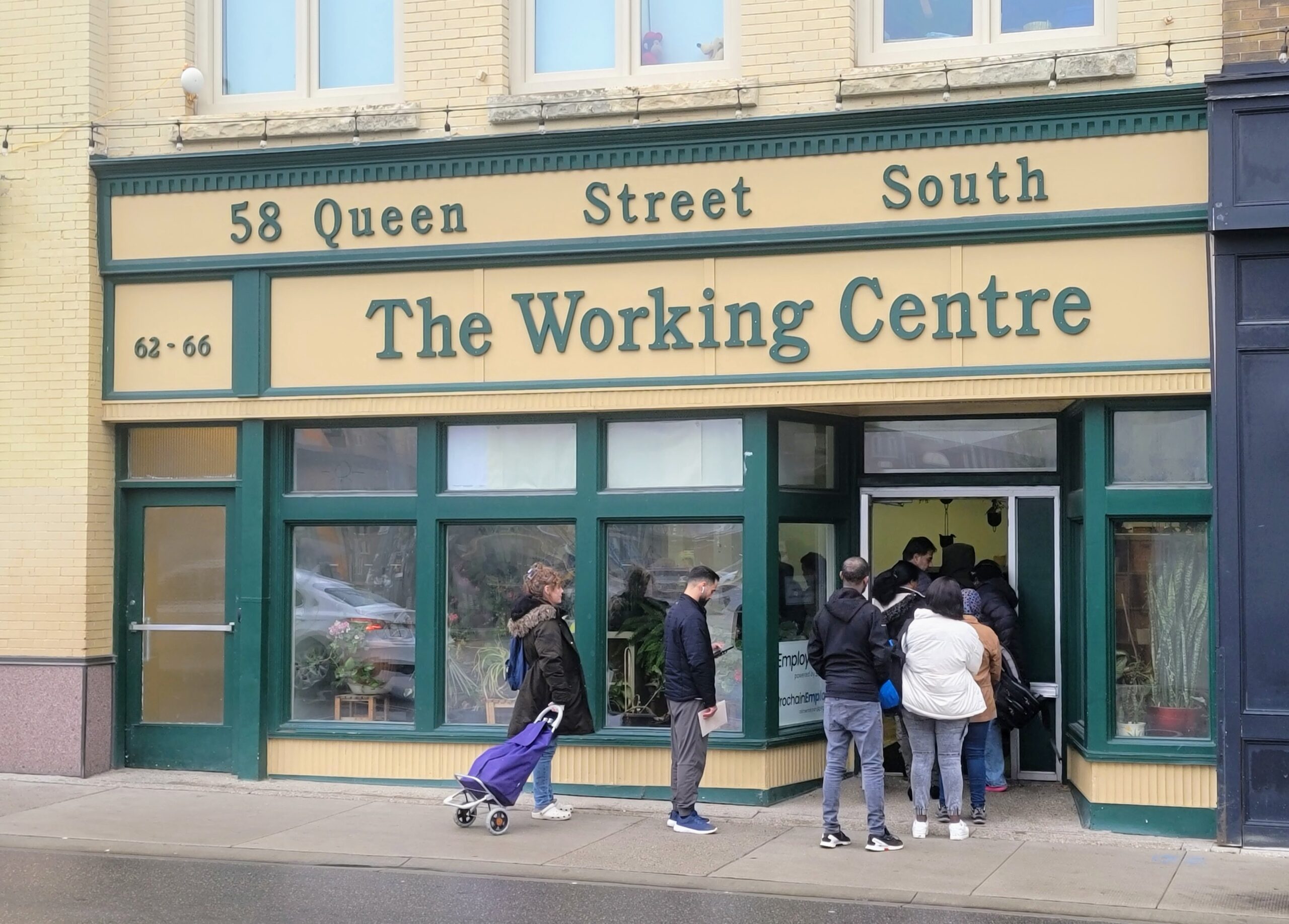
The Working Centre was established in the spring of 1982 as a response to unemployment and poverty in downtown Kitchener. The Centre grew roots in the Kitchener downtown, founded by Joe and Stephanie Mancini, and over the years shaped and influenced by hundreds of people who have made The Working Centre what it is today. This work is guided by a spirit of love and inclusion, focused on responding to unemployment, poverty, developing community, forging a deep social analysis and engaging in creative action.
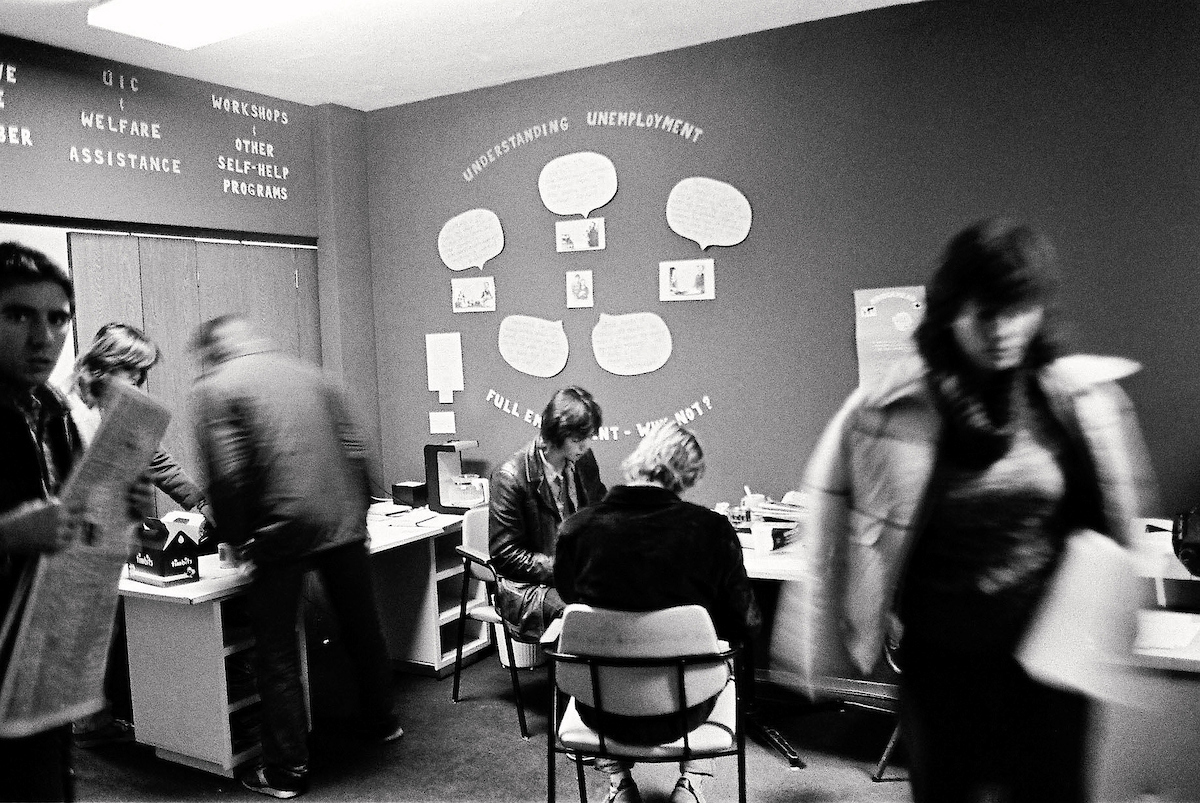
In Ken Westhues book, The Working Centre, Experiment in Social Change, he describes the centre in this way. “Two decades later, it has survived as an independent instrument of self-help community development, and has woven itself into the fabric of Kitchener-Waterloo. It has also achieved a certain maturity, coherence and confidence in its approach to work and unemployment and in its conception of itself.”
Transition to Common Work, by Joe and Stephanie Mancini, reflects on thirty years of learning and practice that has shaped The Working Centre. “This book highlights the core philosophy behind the centre’s decentralized but integrated structure, … thinking about virtues rather than values, developing community tools with a social enterprise approach….”.
Both of the books “The Working Centre, Experiment in Social Change “ and “Transition to Common Work“ are available through our Working Centre Publications.
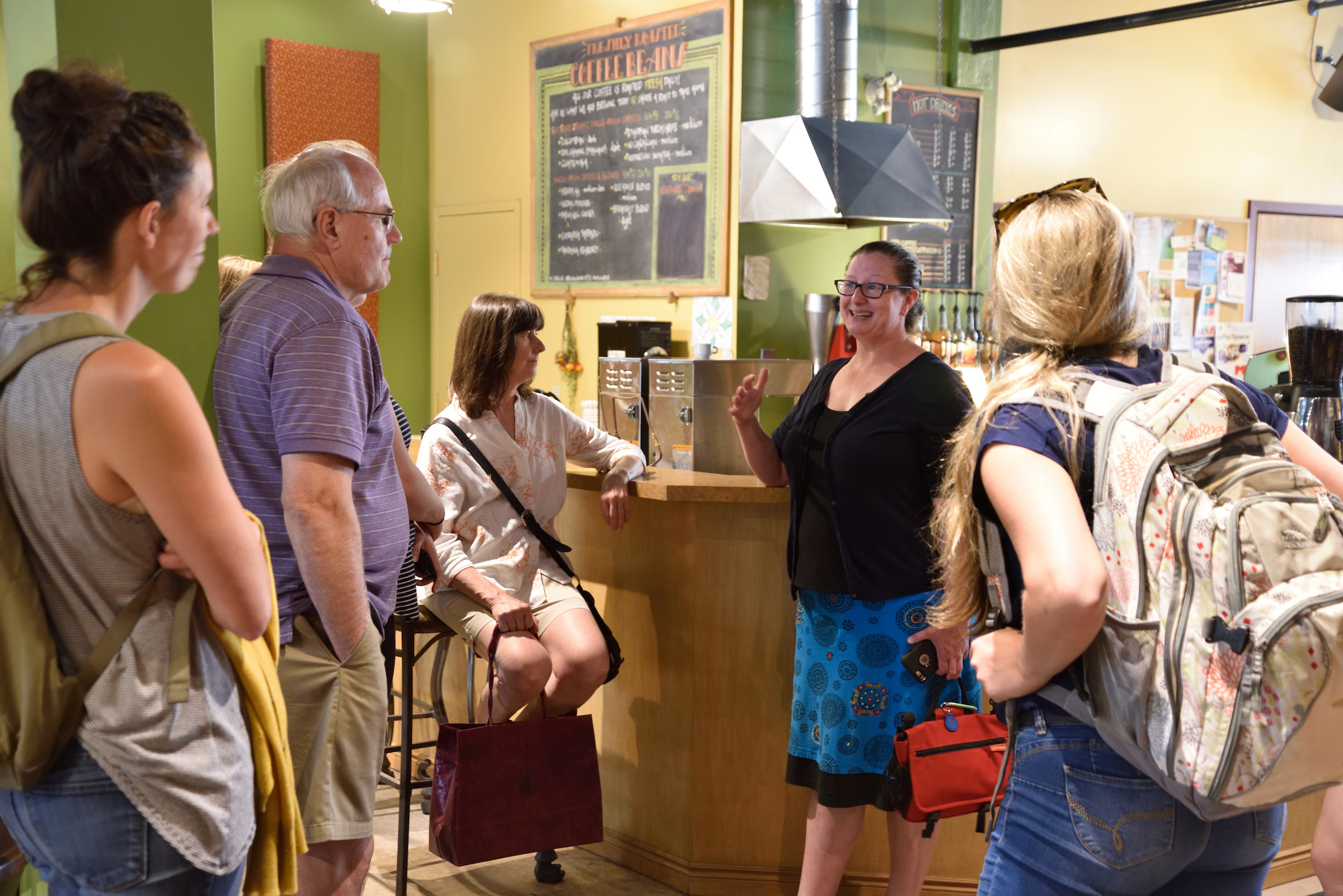
Community building in the 2020’s
In The Working Centre’s fourth decade the social fabric is changing with growing homelessness, an addictions crisis, social isolation, the ongoing disruption of labour by technology, and climate change. Projects evolve in the context of new realities and new approaches. Community building in the 2020’s means designing resilient communal structures that support people, integrating ecological decision making, and living a philosophy of relationships and interconnectedness. The work is to align personal action with integrated wholeness. The healing work ahead is living a new interdependence.
Good Work News, our quarterly newspaper reflects the philosophy, activities and history of this work. We also outline a history of The Working Centre in our Community Building Timeline.
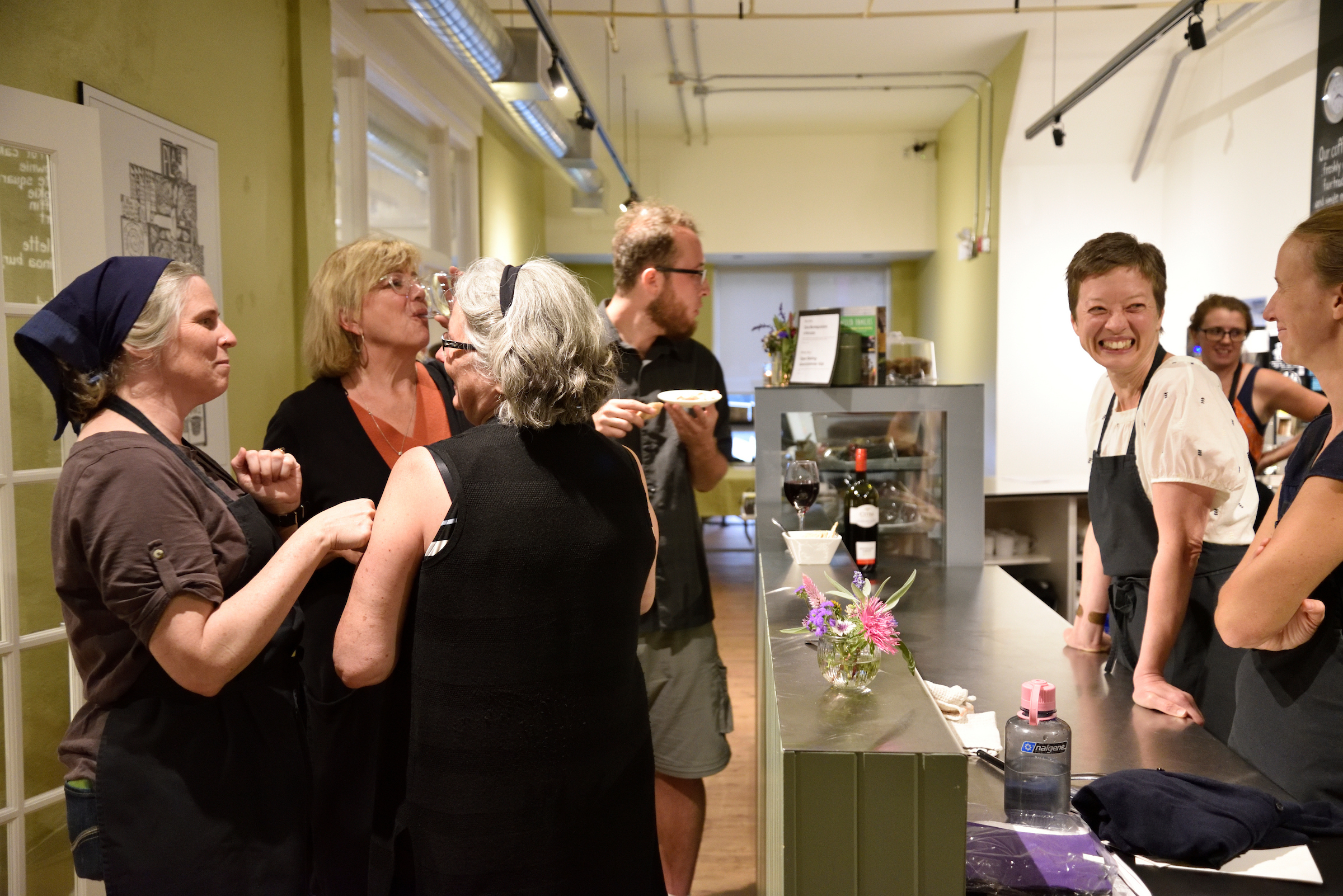
We organize our work under 4 main pillars or branches: Work and Livelihood, St. John’s Kitchen and Outreach, Housing and Shelter, and Community Tools and Enterprise.
Historically we have learned from, and stood on the shoulders of many wise and engaged thinkers. Here is a list of many of those Influential Thinkers. This list has grown since we published it, but we share it here as a foundation of the ideas that shaped our history.
